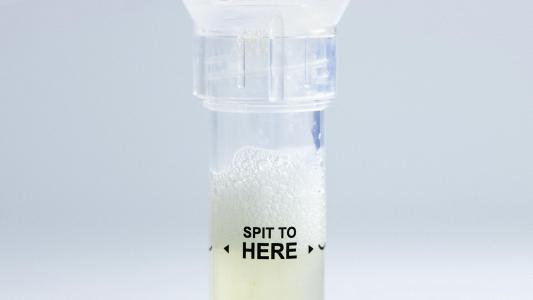If stores had to ration hand sanitizer, toilet paper, and frozen pizzas, you can bet the COVID-19 vaccine (whenever one arrives) will also be in short supply. But how will it be distributed, and who do I pay to be at the top of the list?
Who Should Get Vaccinated First
There is an adage that says: when a ship is sinking, women and children are the first to get in the lifeboat. But what if you could save more people by changing the strategy?
“Internationally, there’s a lot of talk about how every life is valuable,” Arthur Caplan, a bioethicist at New York University Langone Medical Center, told CNBC. “But that doesn’t address what you do in practical terms if there’s a shortage.”
The decision comes down to what to prioritize: an individual’s risk, or the potential to slow the spread of COVID-19. What is the better payoff: saving lives immediately, or widespread immunity to save lives down the line?
A team of researchers at the University of Washington and Fred Hutchinson Cancer Research Center came up with a mathematical model that could determine the optimal vaccine allocation, based on age and outcome. They looked at 100 combinations of vaccine effectiveness and availability in various scenarios, including the number of doses required and the cost and speed of scaling up production — basically, how good is it, and how much is there going to be?
To minimize deaths, they found that if the vaccine is only mildly effective, it is best to distribute it to high-risk (elderly) populations first. This approach protects the immunocompromised and high-risk groups who are more likely to suffer the most severe cases of COVID-19.
An alternative to a risk-focused approach is one that focuses on slowing the spread of the virus. In this case, priority goes to people most likely to transmit the virus, like flight attendants, bus drivers, or grocers, who make contact with many people each day.
The team recommends first distributing it to such high-transmission age-groups (younger) for better coverage if the vaccine is highly effective at blocking transmission.
Their work shows that having a vaccine with high effectiveness (70% effective) will make it possible to contain the pandemic fully. So, let’s keep our fingers crossed.
But there is reason to be optimistic, either way. Even less effective vaccines will help. They found that any vaccine with at least a medium effectiveness (50% effectiveness) would considerably slow the pandemic. And over half of deaths can be averted by vaccinating 35% of the population, with the right strategy. But we’ll be counting on leaders to create an effective plan.
Who Decides
In April and May, states had to compete for supplies like ventilators, and there was little support from the federal government. Hopefully, by the time a vaccine is ready for distribution, there will be a plan.
“I’m worried that there will not be the kind of national leadership on the issue that we need to avoid fights from breaking out as people jockey to get access,” Michelle Mello, professor of law and medicine at Stanford University told CNBC.
Last month, U.S. public health officials assigned a group of independent ethicists and scientists the tricky task of drafting guidelines on who gets vaccinated first. The guidelines will help the CDC execute a plan to disseminate the first round of vaccinations. At about the same time, the National Academies of Medicine also formed their committee to create a framework to help policymakers worldwide.
Most people agree that first in line are the frontline workers — healthcare providers that will likely come in direct contact with a COVID-19 patient and who are essential to saving lives.
But challenging decisions remain, such as where pregnant women should fall in the lineup. Typically, they are among the last recommended to get new vaccines, given that it could impact the baby in unknown ways. But should they be further up the list because pregnant women are immunocompromised? Should Black and Latino people get some kind of priority, given that minority communities have been disproportionally affected by the coronavirus?
Ok, Just Tell Me When Already
It has been five months since the pandemic struck the U.S., and we probably have many more months to go. Even though vaccine development has been moving along at a rapid pace, some with promising results, most experts agree that early 2021 is the best time we can hope for.
Even then, that is only for the first line of vaccines. Dr. José R. Romero, the chairman of the Advisory Committee on Immunization Practices, told the New York Times in July that it could be several more months before there is a stockpile of vaccines large enough to vaccinate the U.S. population.
I still have my fingers crossed for the summer of 2021. Until then, we have to hunker down and ride the storm.
We’d love to hear from you! If you have a comment about this article or if you have a tip for a future Freethink story, please email us at tips@freethink.com.
